
Intel's Xeon Phi: After Knights Landing Comes Knights Hill
As SC’14 rolls on this week, taking part in the show’s events is Intel, who was at the show to deliver an update on the Xeon Phi lineup. As Intel already delivered a sizable update on Xeon Phi at ISC 2014 earlier this year, their SC’14 announcement is lighter fare, but we now know the name of the next generation of Xeon Phi.
First and foremost, Intel has reiterated that the forthcoming Knights Landing generation of Xeon Phi is still on schedule for H2’15. Built on Intel’s 14nm process, Knights Landing should be a substantial upgrade to the Xeon Phi family by virtue of its integration of Silvermont x86 cores and a new stacked memory technology, Intel & Micron’s MCDRAM.
Meanwhile Intel also used this occasion to announce the next generation of Xeon Phi. Dubbed Knights Hill, it will be built on Intel’s forthcoming 10nm process technology. Like Intel’s early announcement of Knights Landing, they aren’t discussing the part in any more detail, though they have mentioned that it will use the next generation of their Omni-Path interconnect architecture. Given the use of 10nm and the timing of the Knights Landing launch, this is likely a 2017+ part.
Finally, Intel has also released a bit more information on Omni-Path. Previously announced alongside Knights Landing and newly renamed from Omni-Scale, Intel has announced that Omni-Path will offer link speeds of up to 100Gbps and its companion switch will offer 48 ports. As Intel has positioned Omni-Path as a competitor to Infiniband, at this point Intel is touting that they will be able to offer 56% lower switch fabric latency from the technology, as well as better density and scaling due to the larger number of ports available on the Omni-Path switch (48 vs. 36).
Read More ...
NVIDIA 344.75 Drivers - MFAA Arrives for Maxwell
When NVIDIA initially briefed us on their new GM204 GPUs (aka Maxwell 2.0), there were several new features discussed. Most of these are now publicly available – Dynamic Scalable Resolution (DSR) was initially available only on GM204 GPUs but it was later enabled on Kepler and even Fermi GPUs. Other features required some changes to the hardware, for example Voxel Global Illumination (VXGI) cannot be implemented on older architectures – at least not without a severe performance hit. There was a third feature also discussed and demonstrated called Multi-Frame Anti-Aliasing (MFAA), and with their latest 344.75 driver NVIDIA MFAA is finally publicly available. Like VXGI, MFAA apparently requires new hardware to function, which means MFAA will only be enabled on GM204 GPUs – specifically, you need a GTX 980, GTX 970, GTX 980M, or GTX 970M GPU.
Where things get a bit interesting is when we discuss exactly what it is that MFAA is doing. Anti-aliasing is used to smooth out edges of polygons in order to eliminate jaggies – the stair step edges that are created when a line is rendered on the pixel grid of a modern display. Many people despise jaggies, but there's one big issue with anti-aliasing: it can exact a pretty heavy performance penalty. Depending on your hardware and tolerance for jaggies, it's often necessary to balance the use of anti-aliasing with other aspects of image quality.
It's worth noting at this point that there are many ways of accomplishing anti-aliasing. From an algorithmic point of view, the easiest approach is to simply render a scene at a higher resolution and then scale that image down with a high quality filter (e.g. bicubic), and in many ways this also produces the best overall result as everything on the screen gets anti-aliased. This method of anti-aliasing is called super-sampling (SSAA), and while it looks good it also tends to be the most costly in terms of performance. At the other end of the spectrum is multi-sample anti-aliasing (MSAA), which focuses only on polygon edges and samples multiple points for each pixel to determine coverage. This tends to be the least costly in terms of performance, but it doesn't always produce the best result unless you use at least four samples.
While NVIDIA's DSR is in many ways just a new take on SSAA, MFAA is a modification to MSAA plus a bit of extra "secret sauce". The sauce in this case consists of one hardware change – the sample patterns are now programmable and stored in RAM instead of ROM so they can be varies between frames or even within a frame – and there's also some form of inter-frame filtering. ATI (now AMD) first started doing this a while back as well, though not necessarily in the same way as NVIDIA is doing MFAA. The idea is also similar to Temporal AA, which swaps sampling patterns every other frame in order to approximate 4xMSAA while only doing 2xMSAA, but now MFAA is doing some image synthesis over the frames to help detect and remove jaggies.
NVIDIA's goal with MFAA is to provide quality that approaches the level of 4xMSAA with 4xMFAA (or 8xMSAA using 8xMFAA), with a performance cost closer to 2xMSAA/4xMSAA respectively. At a technicaly level, 4xMFAA is using an alternative 2xMSAA sample pattern combined with some inter-frame interpolation, while 8xMFAA uses alternating 4xMSAA sampling patterns with the filtering. Finally, let's also clear up how MFAA differs from TXAA. MFAA can be programmed to implement MSAA or TXAA, but it has additional flexibility as well, so effectively it's a superset of MSAA and TXAA. The key difference is that the sample patterns can now be altered rather than being hard-coded into ROM. NVIDIA has also posted a video overview of MFAA and anti-aliasing in general that's worth watching if you're not familiar with some of the concepts.
Investigating MFAA Performance
While the discussion of how MFAA works is interesting, ultimately it comes down to two questions: what is the performance hit of MFAA compared to MSAA, and what is the image quality comparison between MFAA and MSAA? To test this, we have used two games form NVIDIA's list of currently supported titles, Assassin's Creed: Unity and Crysis 3. The complete list of supported games (at the time of writing – more should be added over time) can be seen in the following table.
I've actually got a separate Benchmarked piece with further investigations of Assassin's Creed: Unity (ACU), which I'll try to finish up later today. Suffice it to say that ACU is extremely demanding when it comes to GPU performance, particularly at the highest quality settings. For the testing of MFAA, I have used just a single GTX 970 and GTX 980 GPU, and I tested at 1080p with High and Ultra settings in ACU, while for Crysis 3 I used Very High textures with High and Very High machine spec. I then tested both with and without MFAA enabled (this is a new setting in the NVIDIA Control Panel). Here's how things look in terms of performance, with the minimum frame rates being an average of the lowest 1% of frames.
There does appear to be a slight performance hit from enabling MFAA, though it's small enough that in most cases it wouldn't be noticeable without running benchmarks. Using 4xMFAA to deliver the equivalent of 4xMSAA looks to be viable, at least from the performance figures in our testing. The other aspect of course is image quality, so let's look at that as well.
Here's where things get a bit interesting. It's a bit hard to compare them in the games we're using as you have to restart the game in order to enable/disable MFAA, so we can't just use a static shot (though the first image from ACU is basically a static location). I also feel like MFAA has a better chance to apply a temporal filter when the game isn't in motion, so I consider the "moving" sequences to be more important in some ways. Of course, when the game is in motion, seeing jaggies sometimes becomes more difficult (depending on the game and scene), but that's another topic…. Regardless, there are clearly differences between MSAA and MFAA in terms of rendering.
2xMSAA is easy to pick out as having the most jaggies still present, but picking a "best" image from the 4xMFAA, 4xMSAA, and 8xMFAA options would be hard. Then toss in the rain from the sequence in Crysis 3 and it becomes very difficult to see what's going on. One cool aspect of MFAA is that similar to TXAA, it has the ability to help remove jaggies on transparent textures and not just on polygon edges. You can see this on some of the elements in the above images (e.g. look at the fence in the second set of images for Assassin's Creed), though it's not always perfect.
Game Ready
Wrapping things up, there are a few other items to note with the 344.75 drivers that we've used for testing. Along with enabling MFAA for GM204 graphics cards, the 344.75 drivers are NVIDIA's latest "Game Ready" WHQL release, with newly added support for Far Cry 4 and Dragon Age: Inquisition, and The Crew. The first two of those were officially launched today, November 18, while The Crew is currently slated for release on December 2. We're working to get those games for additional testing as part of our Benchmarked series of articles, so stay tuned for that.
Closing Thoughts
Getting rid of jaggies is always a good thing in my book, and if you can do it better/faster then that's great. While there's definitely going to be some debate on whether 4xMFAA actually looks as good as 4xMSAA, for the most part I think it's close enough that it's the way to go unless you're already hitting sufficiently high frame rates. The performance aspect on the other hand is a clear win, at least in the games we tested. Assassin's Creed: Unity and Crysis 3 can absolutely punish even high-end GPUs, but other games can be equally demanding at higher resolutions.
Perhaps the biggest issue isn't whether or not 4xMFAA can produce a good approximation of 4xMSAA with less "work", but it's simply a question of support for MFAA. The current list of 20 games is hardly all-encompassing, and several of the games on the list aren't even known to be all that demanding (I'd put about half of the games on the list into that category, including DiRT 3, DiRT Showdown, F1 2013, F1 2014, Just Cause 2, and Saints Row IV). What we need now is more titles where MFAA will work, and hopefully that will come sooner rather than later.
One nice thing with MFAA is that it currently ties into the existing MSAA support in games, so there's no need for extra programming work on the part of the developers (unlike TXAA). Of course there are drawbacks with MSAA, specifically the fact that it doesn't work with deferred rendering techniques, which is why some games only support FXAA or SSAA for anti-aliasing. MFAA doesn't do anything for such titles, but that's no surprise. Considering the performance benefit of MFAA over MSAA and the fact that it can be enabled in the control panel and will automatically work on supported games, I don't see much problem in simply leaving it enabled for most users.
Read More ...
Nokia Announces N1 Tablet: 7.9” & Powered By Android
Since selling their mobile device division to Microsoft, much contemplation has been had over the future of Nokia. As it slowly turns out, their future is not all that different from the past. Except perhaps that there’s a lot more Android in Nokia’s future.
As part of the Slush 2014 conference, Nokia has announced their next consumer gadget, a new tablet going by the name Nokia N1. Measuring at 7.9” diagonal, powered by an Intel CPU, and running Android Lollipop, the N1 is Nokia’s first tablet since selling their mobile device division.
From a design perspective I’m not sure there’s anything to call the N1 other than an unabashed duplicate of the iPad Mini. Built out of a single piece of aluminum, the N1 incorporates the iPad’s 7.9” diagonal size and many of its stylings, including curves, button placements, and even the location of the headphone jack. Short of the iPad’s home button, at first glance you would be hard pressed to tell the N1 and iPad Mini apart.
In any case, while in many ways Nokia is looking to learn from the masters here, the N1’s design does have some elements that set it apart (and ahead) of the iPad Mini and similar tablets. Nokia has been able to drive the tablet to just 6.9mm thick and 318g heavy – thinner and lighter than any iPad Mini. Meanwhile the display has been fully laminated, with Nokia eliminating any kind of air gap between the display panel and the cover glass.
In terms of technical specifications Nokia is tapping Intel’s Atom Z3580 to power the device. Z3580 includes a quad-core Silvermont processor running at 2.3Ghz, along with an Imagination PowerVR G6430 running at 533MHz. Paired with the processor is 2GB of LPDDR3-1600, Bluetooth 4.0, and 802.11ac WiFi. Meanwhile the 7.9” 4:3 IPS display is 2048x1536 pixels, once again identical to the retina iPad Mini. Powering the device will be an 18.5Whr battery.
| Tablet Specificaiton Comparison | |||
| Nokia N1 | iPad Mini 3 | NVIDIA SHIELD Tablet | |
| SoC | Intel Atom Z3580 | Apple A7 | Tegra K1 |
| CPU | 4x Silvermont @ 2.3Ghz | 2x Cyclone @ 1.3GHz | 4x Cortex A15r3 @ 2.2GHz |
| GPU | PowerVR G6430 @ 533MHz | PowerVR G6430 | Kepler (1 SMX) |
| RAM | 2GB LPDDR3-1600 | 1GB LPDDR3 | 2GB DDR3L-1866 |
| NAND | 32GB NAND (eMMC 5.0) | 16GB/64GB/128GB NAND | 16GB/32GB NAND + microSD |
| Display | 7.9" 2048 x 1536 IPS LCD | 7.9" 2048 x 1536 IPS LCD | 8” 1920 x 1200 IPS LCD |
| Dimensions | 200.7 x 138.6 x 6.9mm, 318 grams | 200 x 134.7 x 7.5mm, 331 grams | 221 x 126 x 9.2mm, 390 grams |
| Camera | 8MP Rear Camera 5MP FFC |
5MP Rear Camera 1.2MP FFC |
5MP Rear Camera 5MP FFC |
| Battery | 5300 mAh, 3.7V chemistry (19.61 Whr) | 23.8Whr | 5197 mAh, 3.8V chemistry (19.75 Whr) |
| OS | Android 5.0 + Nokia Z Launcher |
iOS 8 | Android 4.4.2 |
| Connectivity | 802.11a/b/g/n/ac + BT 4.0, USB Type-C (USB 2.0) | 802.11a/b/g/n + BT 4.0, Lightning (USB 2.0) | 2x2 802.11a/b/g/n + BT 4.0, USB2.0, mini HDMI 1.4a |
| Price | $249 (32GB) | $399 (16GB) $499 (64GB) |
$299 (16GB/WiFi) $399 (32GB/LTE) |
One notable first here, Nokia is utilizing the new USB Type-C connector for the tablet, and not entirely in the way we’d expect. With the Type-C connector serving as Nokia’s analogue to Apple’s Lightning, Nokia is using what they call a “Micro-USB 2.0 with a Type-C reversible connector” setup, which means that while this is a Type-C connector it is only wired up for USB 2.0 and not USB 3.0. Given the design goals of the Type-C connector, we expect this will be the first of many such mobile devices to make use of it in the coming months.
Vision for the N1 will be provided by a pair of cameras on the front and back. The rear camera is an 8MP camera with autofocus and is capable of recording video at 1080p. Meanwhile the smaller front camera is 5MP and utilizes fixed focus. Finally, the tablet comes in a single storage configuration of 32GB, with Nokia’s NAND driven through eMMC 5.0.
On the software side of matters, the N1 will run a semi-customized version of Android Loliipop. In this case Nokia has made only a handful of changes, primarily replacing the standard Android launcher with their newly released Z Launcher.
Finally, while the N1 is a Nokia branded product, Nokia is calling special attention to their manufacturing arrangement with tablet partner Foxconn. As part of Nokia’s development strategy, the industrial design, IP, and Z Launcher software are being licensed to Foxconn for the production of the tablet. Foxconn in turn basically assumes all further responsibilities for the product, including business execution, engineering, and support, in many ways making this a Foxconn tablet with Nokia software and branding.
No doubt due in part to this reason, the N1 will be launching first in China before coming to other regions. Nokia’s official announcement states that it will be launching in China in Q1’15 for the equivalent of $249 USD (before taxes) with no further markets announced at this time. Meanwhile BGR is reporting that it is expected to launch in China after Chinese New Year, with further releases in Russia and parts of Europe in the following months. To that end there are no currently announced plans to bring the N1 to North America, though at this stage by no means does it mean that the N1 won’t come at a later date.
Read More ...
Synology DS1815+ 8-bay Intel Rangeley SMB NAS Review
Synology started the roll-out of their SMB-targeted NAS units based on Intel's latest Atom platform (Rangeley) in September 2014. We have already looked at the 4-bay DS415+ in detail. Today, the 5-bay and 8-bay versions are being officially launched. Read on for our review to find out how Intel's Rangeley platform and Synology's DSM perform in a 8-bay configuration.
Read More ...
Nokia Lumia 635 LTE Windows Phone is Only $40 at Best Buy on Black Friday
Windows Phone is getting very aggressive pricing wise
Read More ...
Toyota’s Mirai Hydrogen Fuel Cell Vehicle Priced from $57,500 in the U.S.
Vehicle will also be available via $499/month lease
Read More ...
Samsung to Slash Number of Smartphone Models by 30 Percent in 2015, Reduce Costs
Samsung looks to share more components across its smartphone models to reduce costs
Read More ...
Nokia N1 Tablet is Powered by Intel, Runs Android, and is Clearly Inspired by Apple
The N1 will be priced at $250
Read More ...
Available Tags:Xeon , NVIDIA , Nokia , Android , Intel , Windows Phone , Windows , Samsung , Smartphone , Tablet , Apple ,

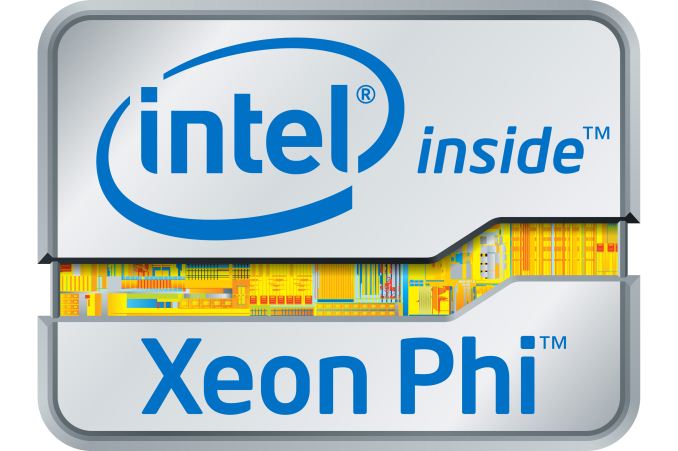


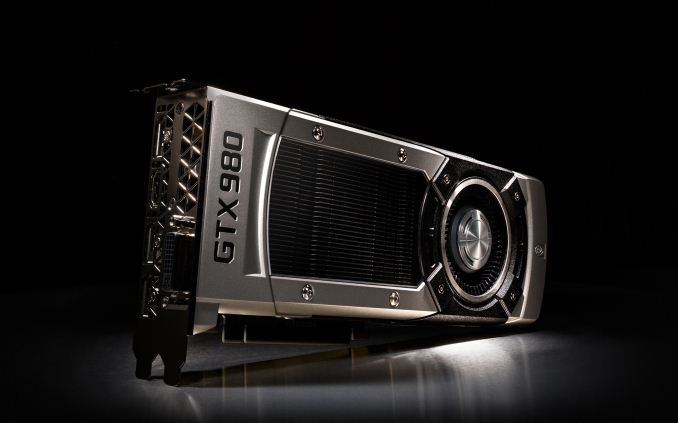
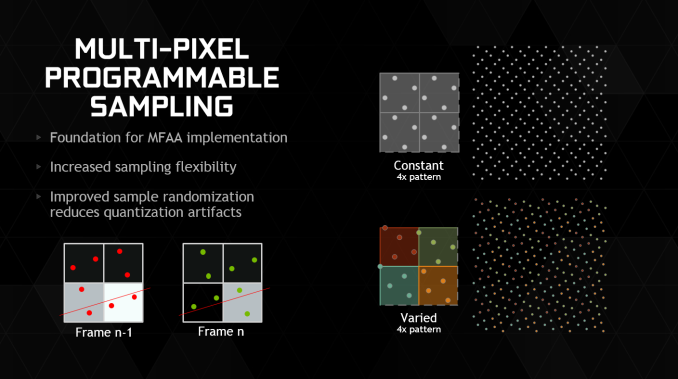

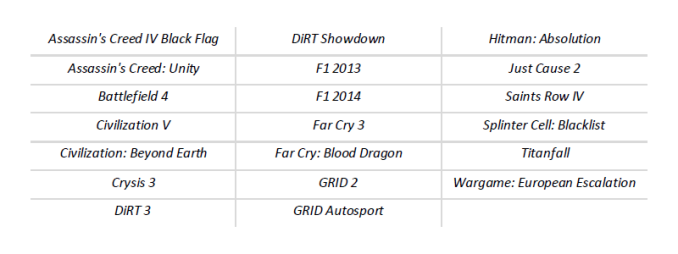
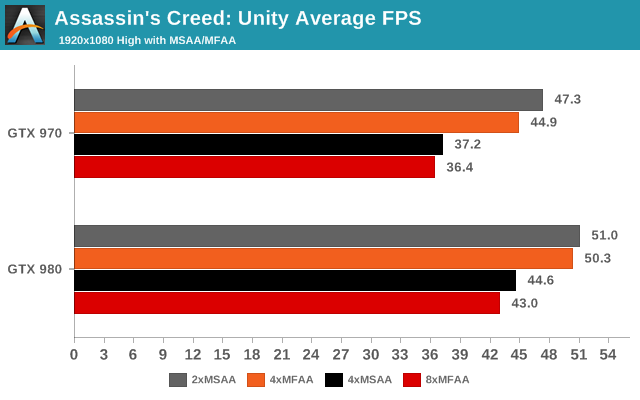
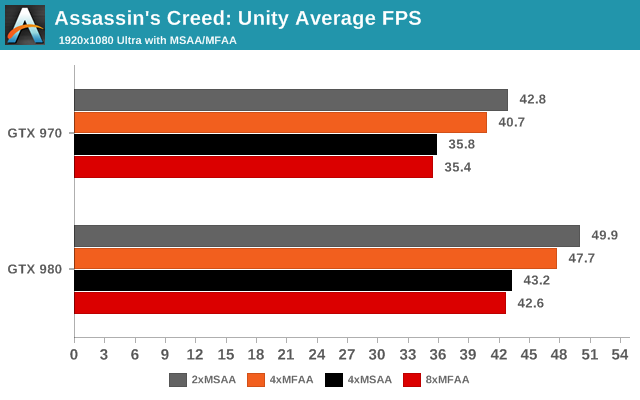
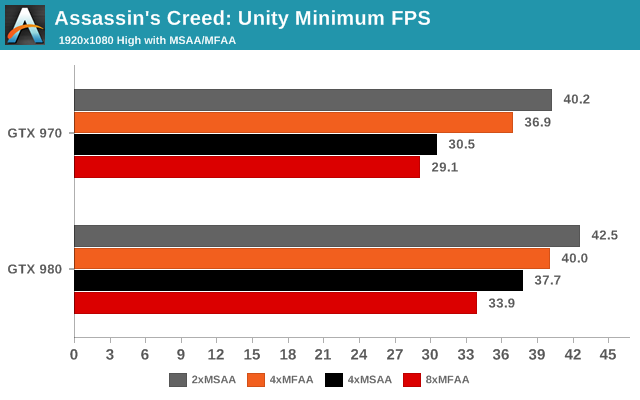
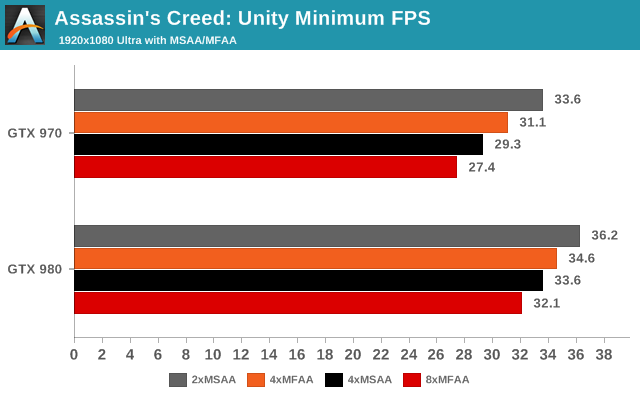
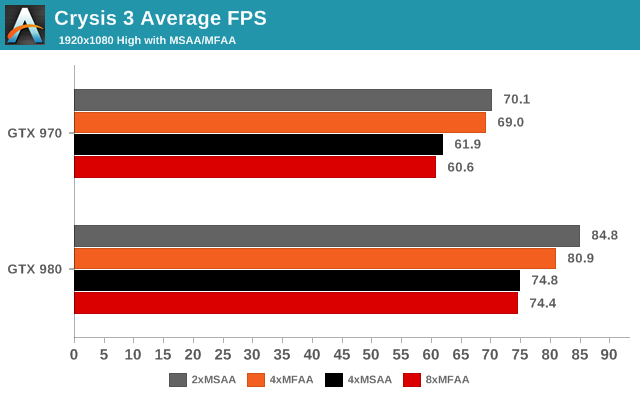
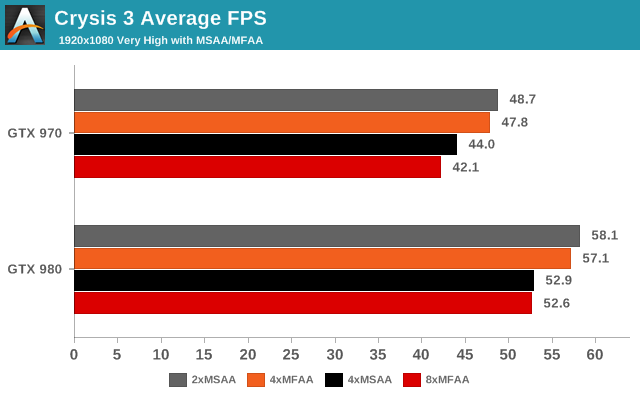
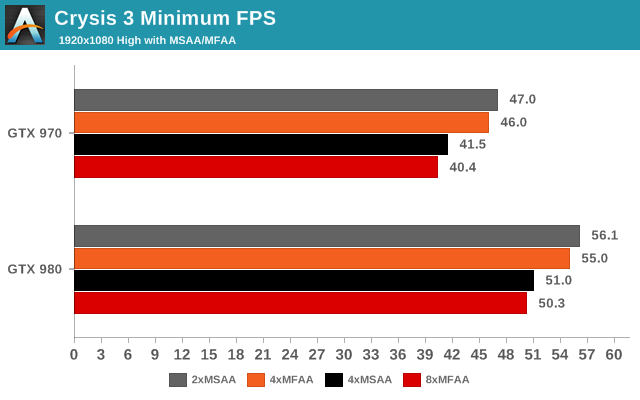
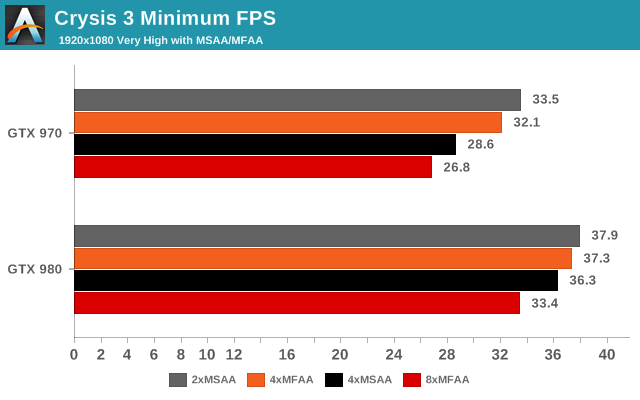















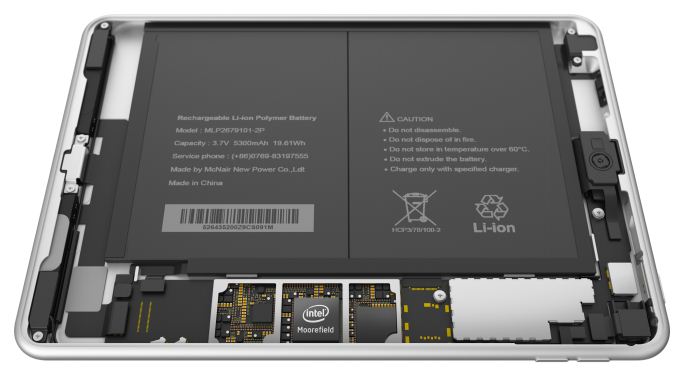

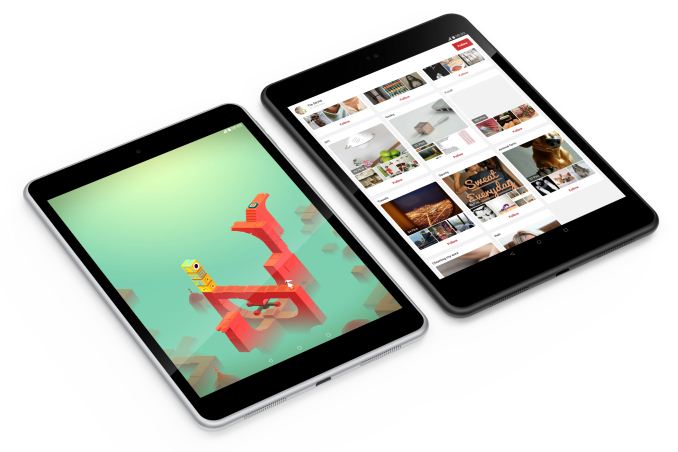






No comments:
Post a Comment